Cubase 12 First Look & Review: a masterclass in steady evolution
Last November, Steinberg announced it’s priming Cubase 12 for a release this year. Its release is now a fact, and the manufacturer’s promise of ‘inspiring new features and significant workflow improvements’ still stands. Let’s see if Cubase 12 lives up to it…
On the surface, Cubase 12 doesn’t look much different. The core user interface and its paradigms are not to be tampered with – they are practically burned into the memory of long-time users, approachable for novices, and able to accommodate Cubase’s evolution. A significant chunk of the latter owes to Steinberg adapting functionality from the rest of its flagship software (namely Dorico, SpectraLayers, and Nuendo) to its DAW. It’s all carefully thought out, though, so dangers of product cannibalization and feature-bloating are kept in check.
Goodbye, e-Licenser (and good riddance!)
Cubase’s dongle life is now its past-life. The future is about cloud activation, which is simple and effective – when it works. An Internet connection is one requirement for that, and Steinberg servers not being overloaded with login requests is another. The latter can be a concern when major updates and releases are published. While it’s impossible to please everyone, I believe ditching the dongle will satisfy a lot more people that there are ones who miss it.
Workflow & Editing Improvements
Efficiency is the name of the game when it comes to workflow improvements in Cubase 12. You can now select select several events and export them in 4 ways (Dry, Channel Settings, Complete Signal Path, + Master FX). I’ve always found doing that in other DAWs to be a bit of a pain in the rear. Cubase, however, makes it quite elegant. Video editors will be pleased with having 2 video tracks in a single project and users of the multiple MixConsole feature will like having a fourth at their disposal. The import tracks from projects feature has been upgraded with the ability to import Tempo and Signature data, making it easier to carry audio between different DAWs.
An excellent new addition is the Advanced Crossfade Editor for unapologetically surgical crossfade editing. This is huge for tightening up instrument performances. Likewise, ARA support on track level is a blessing for users of software like Melodyne, VocAlign, and SpectraLayers. You can switch seamlessly between ARA software on every track. Export options are upgraded with sidechain rendering – that is, you can export an individual stem and retain any sidechain effects processing.
The new SuperVision modes (histograms, VU meters, keyboard velocity, stereo balance) provide informative metering along with pleasing eye candy. The internal sampler is improved with audio warping for sample slices. Also, all Cubase versions now feature near sample-accurate volume automation, independent of buffer size. Finally, the MAAT Audio Lin One dithering plug-in is built into Cubase. MAAT Audio stuff doesn’t come cheap, so that’s quite something for pro-level mastering.
Further along, several key commands have been added to Cubase 12 for tasks like trimming and slip-editing audio tracks. There are also independent grid settings for Nudge edit operations, and new Fade options for working with multiple events.
New Verve piano
Verve is a warm, emotive piano that ships with Cubase 12 out of the box. Expect to hear it in more future Alicia Keys / Adelle wannabe ballads than you’d probably care about! The piano was recorded at the Yamaha Studios in LA and offers very detailed tweaks (you can adjust key and pedal noise, just because) along with room simulation and reverb. Verve is the greatest stock piano I’ve heard in a DAW, by far.
Phase-coherent audio warping
Editing and time-warping multi-mic recordings, such as drum kits, now retains the phase relationships between microphones. Add warp markers and snap hits/notes to your heart’s content. In addition to the Cubase timeline, the feature works inside the built-in audio editor as well. Also, you can copy/paste warp markers between tracks which is both a time-saver and a creative weapon.
MIDI Remote Integration
The new MIDI Remote Script features make Cubase automatically detect MIDI controllers and provide enhanced mapping options for even tighter workflows. Furthermore, MIDI controller makers can use the MIDI Remote API to create device drivers (scripts) for Cubase which presents additional integration possibilities. Cubase 12 ships with a bunch of scripts for third-party keyboards. It’s up to keyboard makers to take advantage of Steinberg’s API.
Raiser – ‘very flexible limiter’
Raiser is a new limiter plug-in coming stock with Cubase 12. It’s a very nice modern limiter with several release modes (ranging from subtle to aggressive limiting), an inter-sample clipping detector, and a detailed display showing the waveform and gain reduction. The Compare function lets you A/B audio without level changes. For some, Raiser can be all they need to get a mix loud and ready. Others may seek a more advanced plug-in.
FX Modulator
The FX Modulator is a powerful multi-effects plug-in coming with Cubase 12. It combines a fairly deep curve editor with a bunch of familiar effects like filter, overdrive, compressor, volume envelopes, bitcrusher and the like. Each effect can have its own modulation curve and you can store up to four banks of custom curves. It’s a fun and welcome addition to the Cubase effects arsenal – a powerful but not overly intricate means of making effects parameters move.
Cubase 12: Conclusion
I come from Logic Pro and these days it feels like Apple has been blowing hot air up the 2013 codebase for far too long, without much of a clear direction. Apple just keeps tacking on more stuff (which I do appreciate getting for free), then spends the next couple of quarters squishing bugs. Consequently, Logic is now a darn mess – redundant (there are, like, 13 ways of doing any one thing) and disjointed (synths and effects designed in the early 00’s live next to Alchemy and ideas from Ableton). In my mind, a complete rewrite and significant trimming are long overdue for Logic Pro.
Comparatively, Cubase seems to be evolving in a steady and deliberate manner – perhaps more sensible than exciting. Yet, version 12 makes me want to jump in and start editing some drums like it’s the early 2010’s and I’m just dipping into advanced production! I get the feeling that Steinberg is outright taking user feedback to heart. Ditching the dongle is already big, and then the bulk of new features and improvements in Cubase 12 are decidedly user-centric. That’s the kind of approach I support.
Personally, I hadn’t been interested in Cubase for quite a while. But Steinberg has dished out fast and precise editing features along with one helluva time warping algo while keeping the user interface and functionality fairly streamlined. Congratulations on a fantastic release!
Cubase 12 – Price and system requirements
As usual, Cubase 12 comes in three versions: Pro, Artist, and Elements. The suggested retail prices for new purchases are:
- Cubase Pro 12: EUR / USD 579
- Cubase Artist 12: EUR / USD 329
- Cubase Elements 12: EUR / USD 99.99

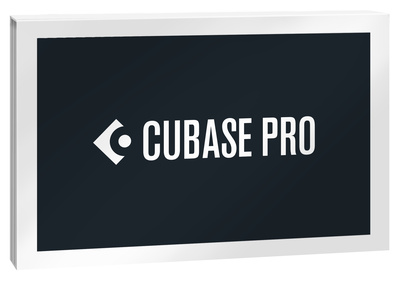
Owners of previous versions should check out the various upgrades, updates and crossgrade options available from Steinberg. Additionally, if you bought Cubase 11 or an earlier version on or after November 10 2021, you’re eligible for a free grace period update.
Cubase 12 is 64-bit only and works under macOS Big Sur or Monterey and Windows 10 or 11.
More information about Cubase 12
Cubase 12 Video
You are currently viewing a placeholder content from YouTube. To access the actual content, click the button below. Please note that doing so will share data with third-party providers.
One response to “Cubase 12 First Look & Review: a masterclass in steady evolution”

 4,8 / 5,0 |
4,8 / 5,0 | 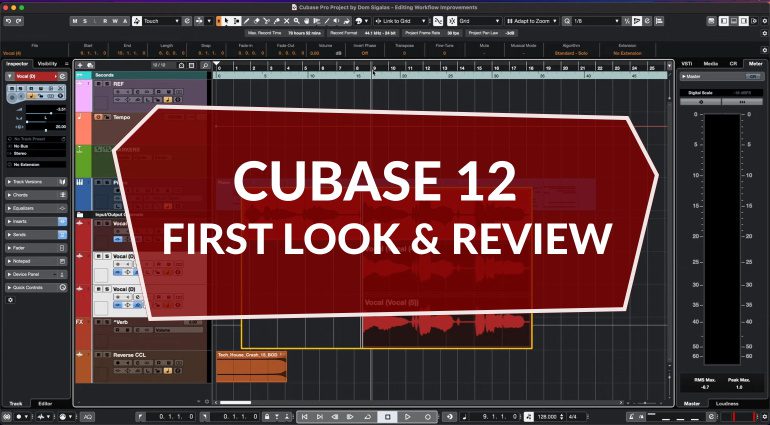

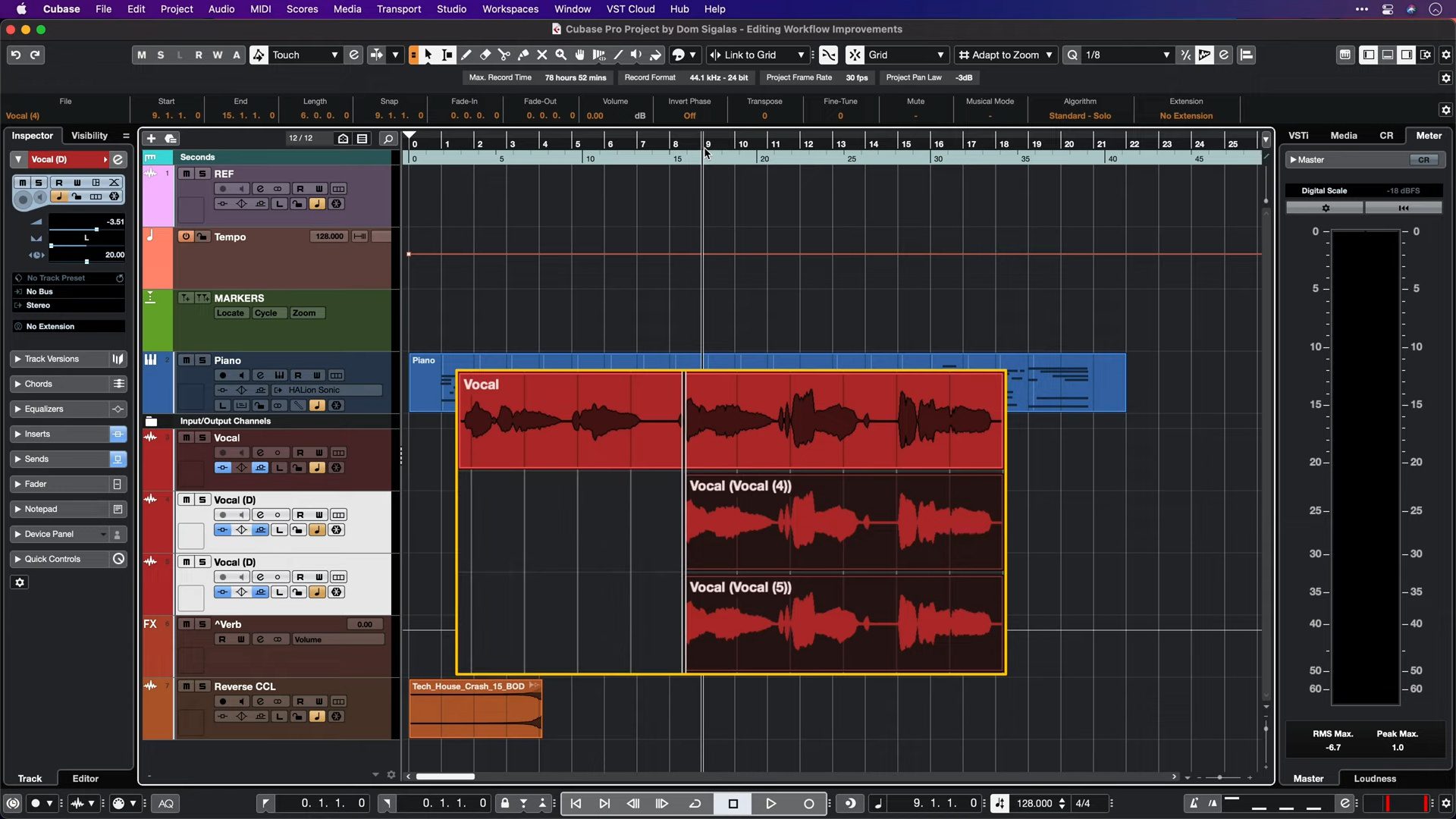
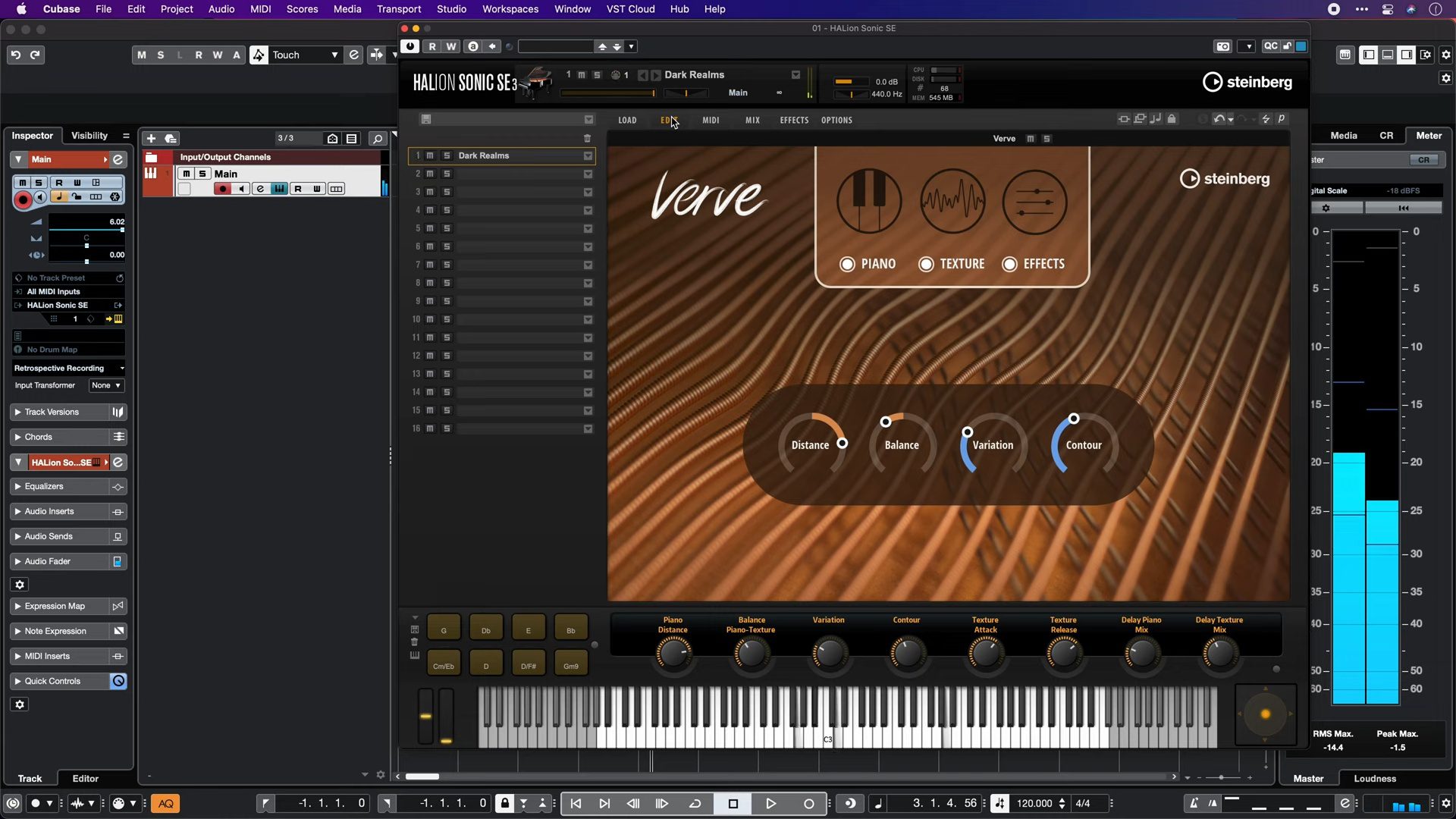
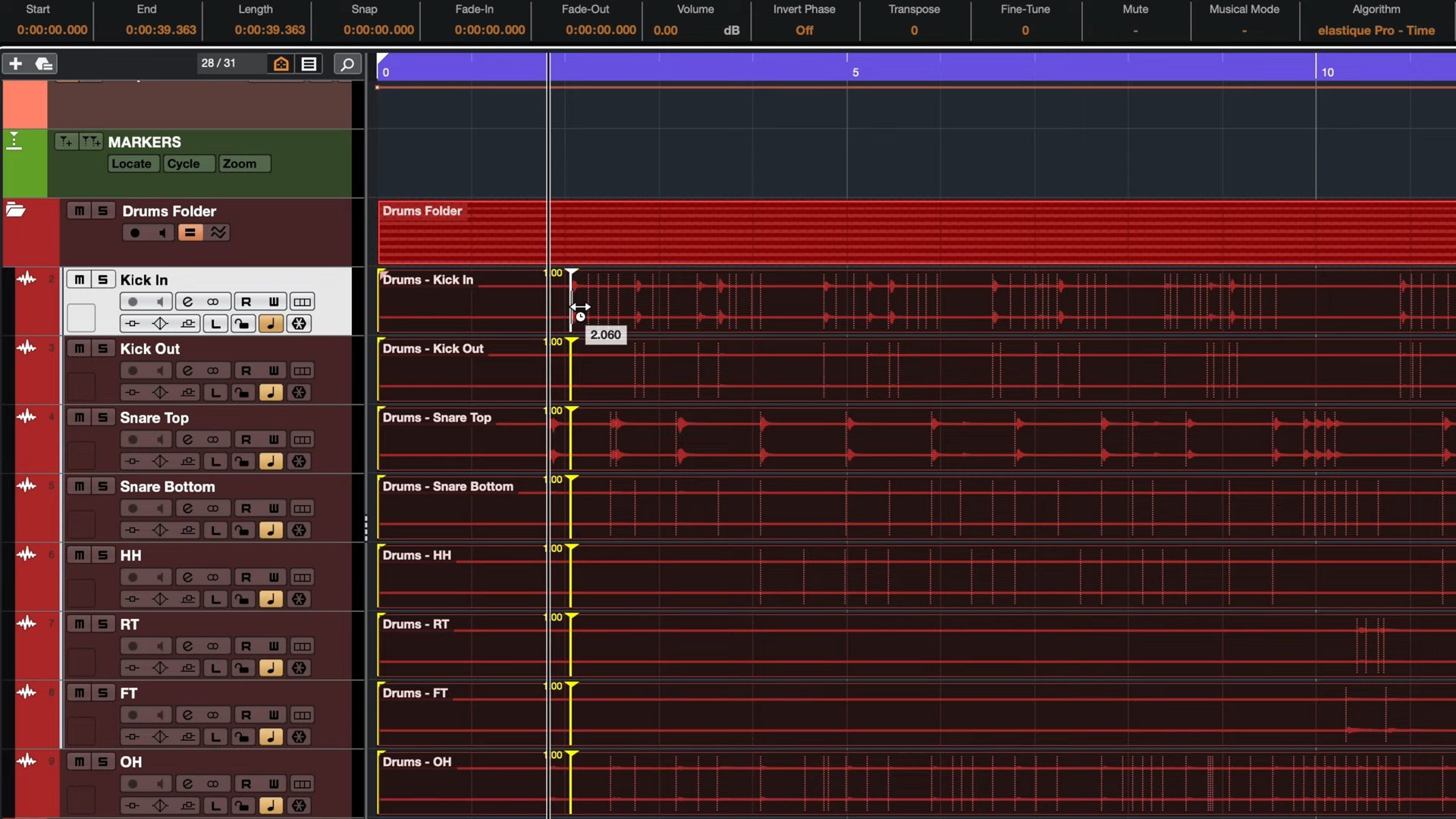
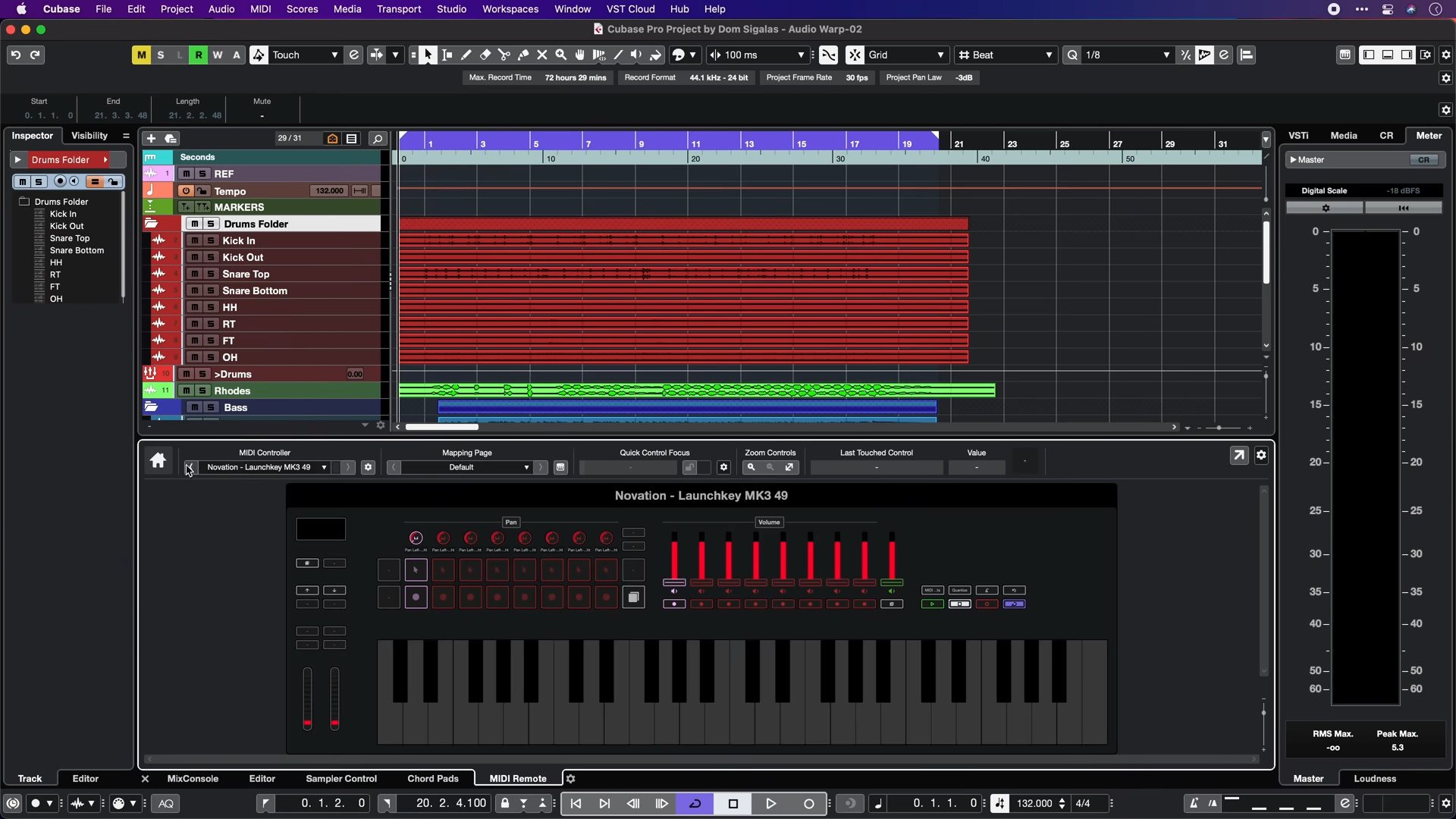
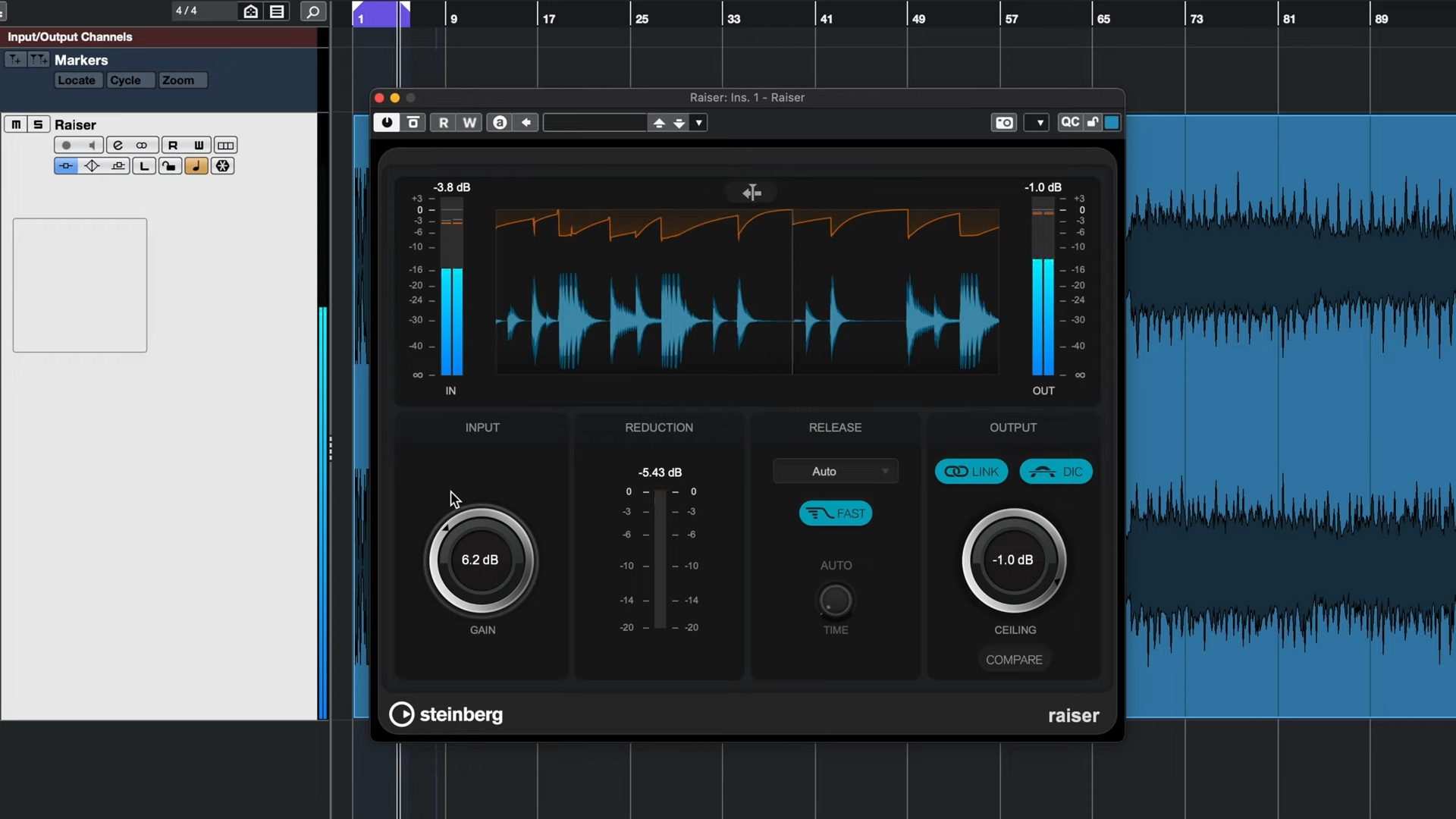
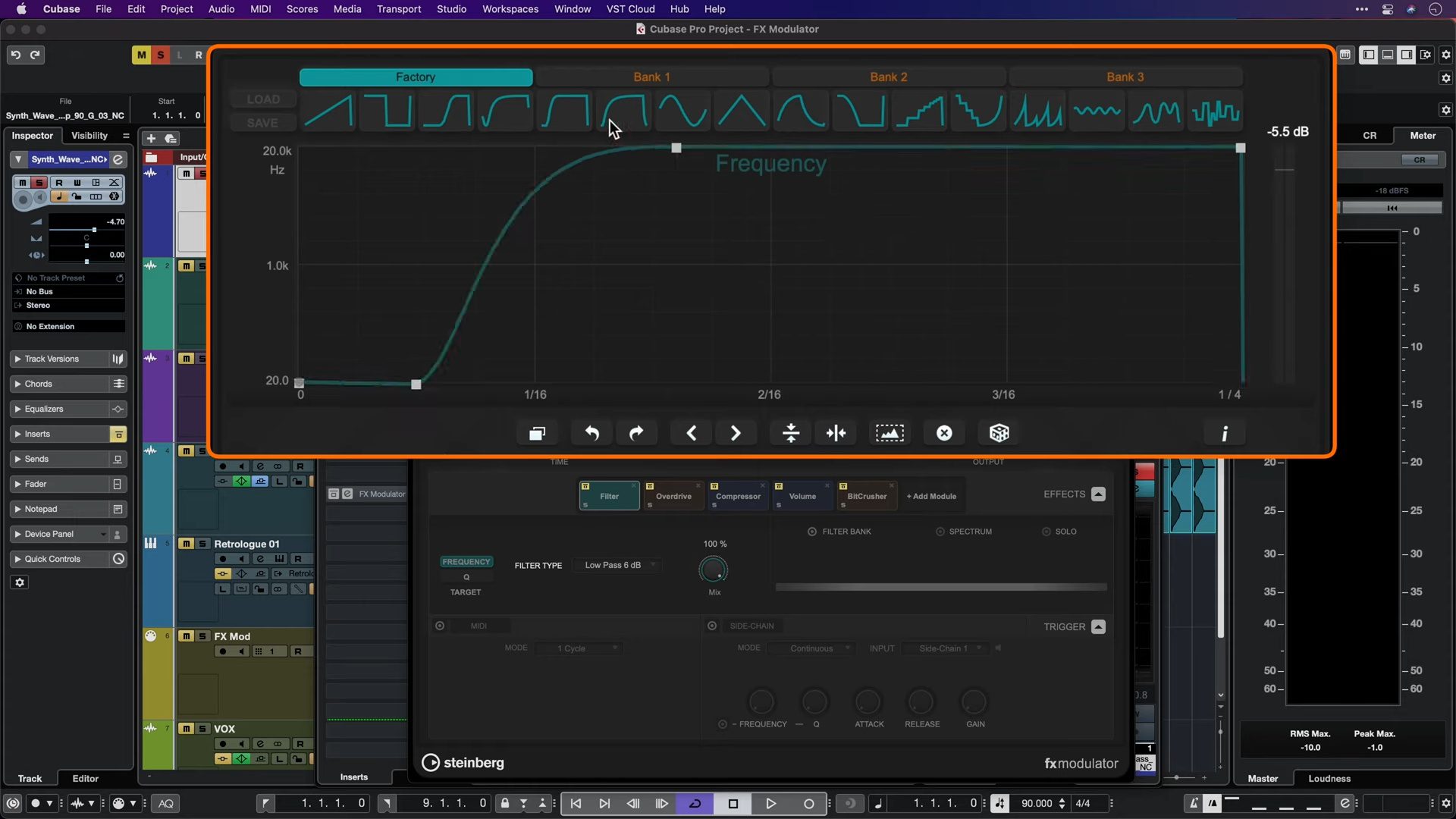
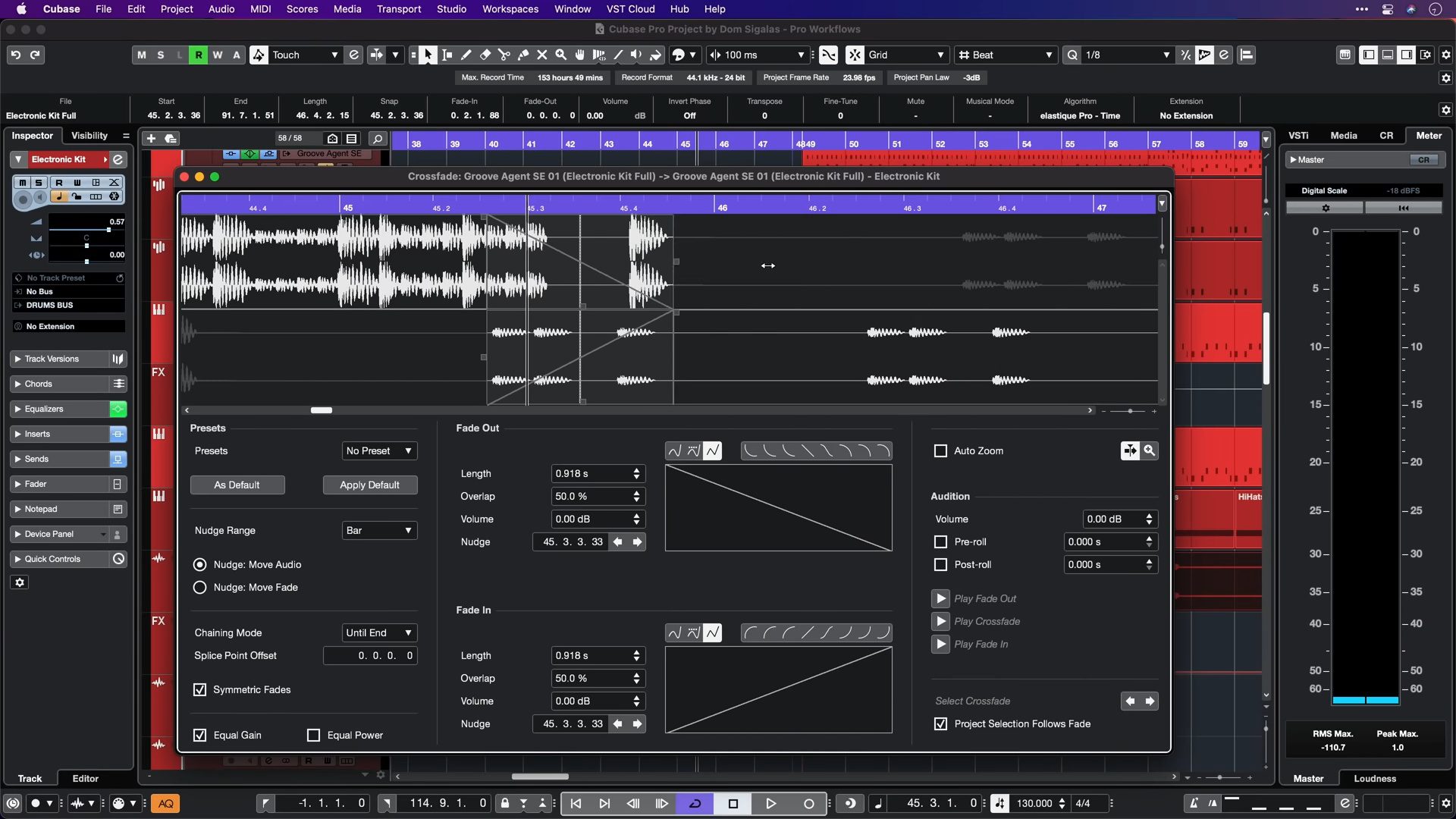

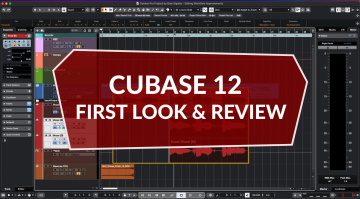

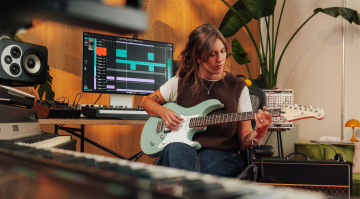

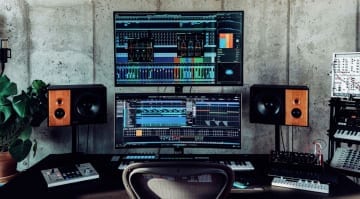


You forgot to mention native Apple M1 Support … quite a big deal in the Apple-DAW-universe 😉